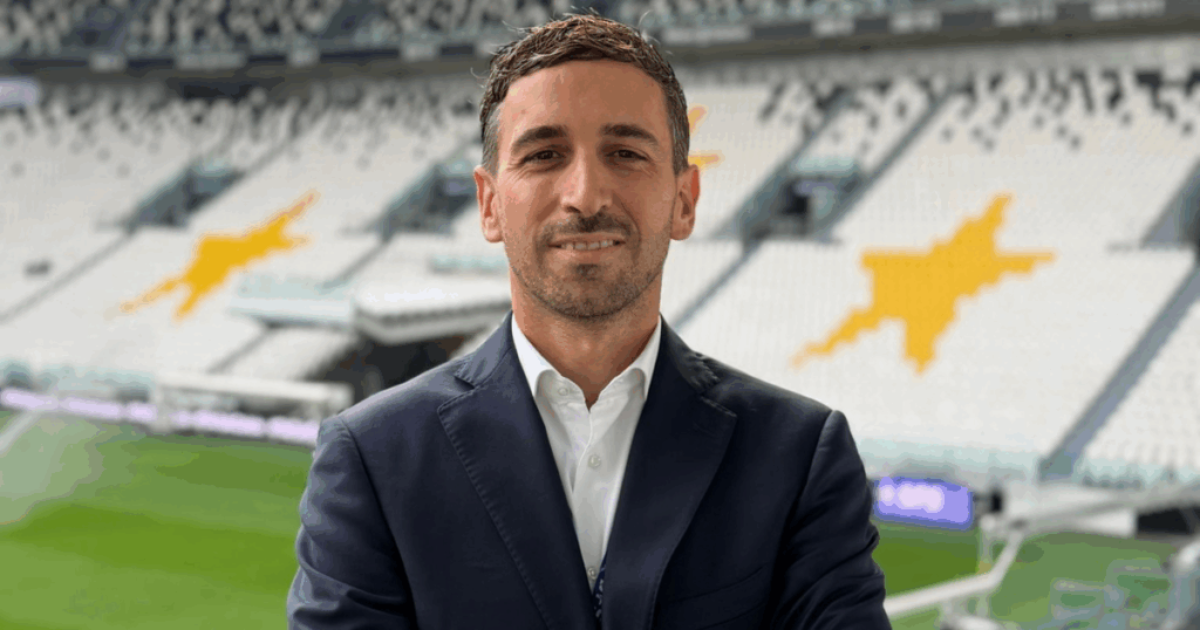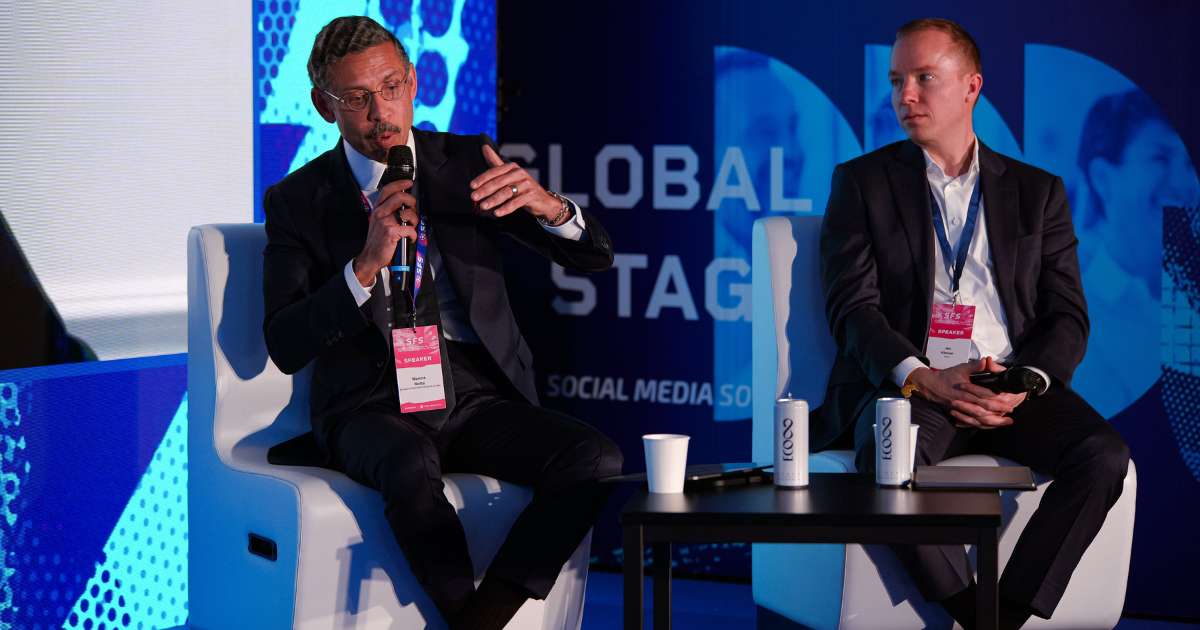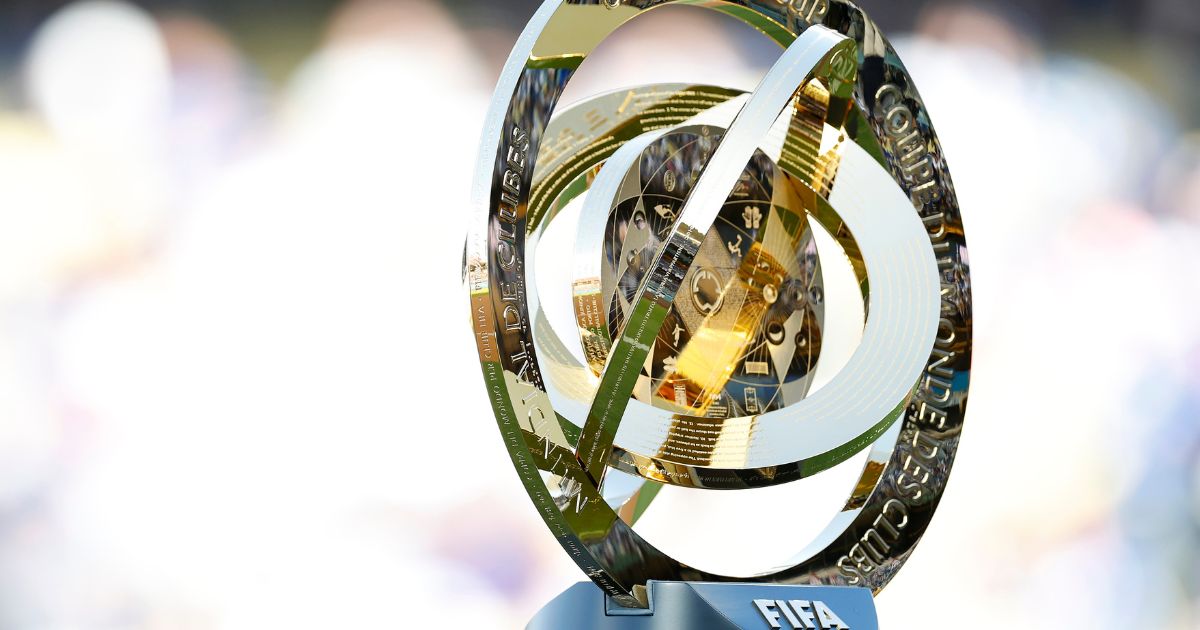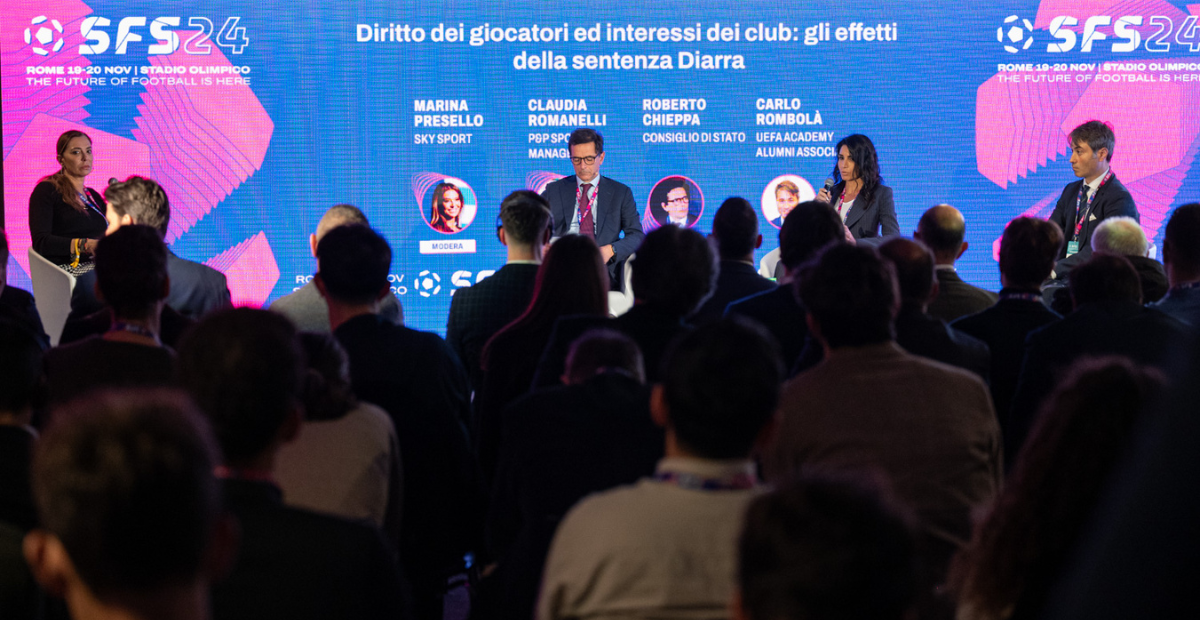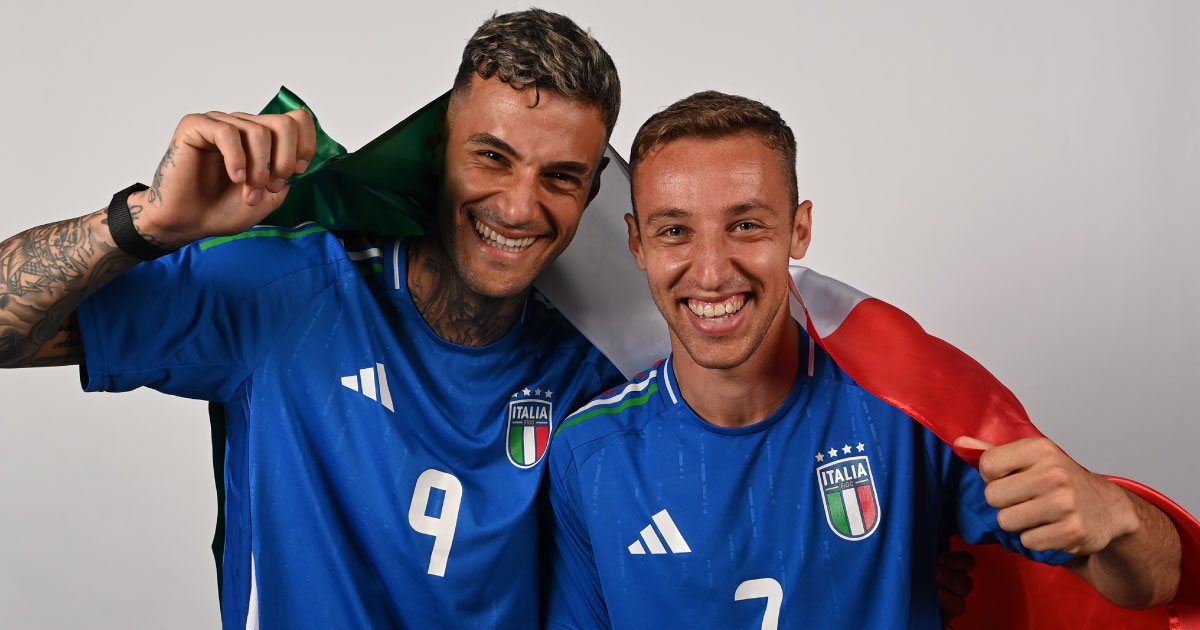The American attorney Giorgio Polacco (Arce Immigration Law): “Faster appointments for the visa, but no automatic pass-through.”
With the launch of the FIFA PASS, the new priority appointment booking system for visas ahead of the 2026 World Cup, the White House and FIFA promise shorter lines at consulates for ticket-holding fans. But what really changes for those who want to go to the United States to watch the matches? We discuss it with Giorgio Polacco, an American attorney at Arce Immigration Law, a law firm specializing in U.S. immigration law.
Attorney, let’s start with the announcement: what exactly is the FIFA PASS?
“The FIFA PASS is a priority booking system for consular appointments. It was presented at the White House by Donald Trump together with FIFA President Gianni Infantino. Essentially, those who hold an official ticket for a 2026 World Cup match that will take place in the United States and who need a visa can access a dedicated channel to schedule their consular or embassy interview.
However, pay attention: we are talking about faster appointments, not guaranteed visas. The idea is to reduce waiting times at the counter for fans, not to change the rules of entry into the country”.
Marco Rubio emphasized many times that “the ticket is not a visa.” What did he mean?
“He said it very clearly: “Your ticket is not a visa; it does not guarantee entry into the United States.” The FIFA PASS offers an accelerated appointment but not a shortcut in immigration law.
Anyone applying for a B-1/B-2 business-tourist visa will still need to:
- complete the DS-160 form,
- pay the consular fees,
- appear for fingerprinting,
- attend the consular interview,
and above all demonstrate that they meet the requirements established by U.S. law: travel reasons compatible with the visa, adequate financial resources, and the intention to return to their home country at the end of the stay. As Rubio reiterated, “We will carry out the same checks that we do for everyone else. The only difference is that we move them further up in the line”.
Practically speaking, how does this “fast lane” for fans work?
“The mechanism is relatively simple:
- The fan purchases an official ticket for a match in the United States.
- He or she needs a visa to enter the country.
- Through the channels indicated by FIFA and the Department of State, they can access a dedicated booking system that offers an earlier consular appointment compared to the average.
From that point on, the procedure becomes identical to that for any other applicant: DS-160 form, payment, biometrics, interview, final decision by the consular officer. No automatic approvals, no “lightning visas”.
Why did the United States feel the need to create this tool right now?
“Because the visa system is still under significant pressure. In many countries, in recent years, the wait times to obtain a consular appointment have been measured in months, sometimes over a year for a first-time tourist visa request. With the 2026 World Cup approaching, the Department of State — today led by Marco Rubio — has announced the deployment of hundreds of additional consular officers to the most critical posts. The stated goal is to bring waiting times, in the vast majority of countries, back down to around sixty days.
The FIFA PASS must be understood in this context: it is not a VIP lane that eliminates the rules, but a reorganization of priorities. It means that ticket-holding fans are moved “further ahead in the line,” while students, business travelers, and visiting family members remain in the regular channel”.
And for those traveling with ESTA? What should Italian citizens know?
“For countries participating in the Visa Waiver Program, including Italy, the formal framework does not change. Italian citizens who meet the requirements may continue to travel with the electronic ESTA authorization, without needing to apply for a consular visa. The FIFA PASS concerns mostly those who cannot use ESTA and need an actual B-1/B-2 visa. For these fans, the concrete advantage is having a consular appointment date much earlier than would have occurred without the program.
For an Italian citizen, the rule is:
- if I can enter with ESTA, I continue using ESTA;
- if I need a B-1/B-2 visa, the World Cup ticket helps me obtain a consular interview more quickly, but it does not eliminate the rigorous scrutiny of the officer”.
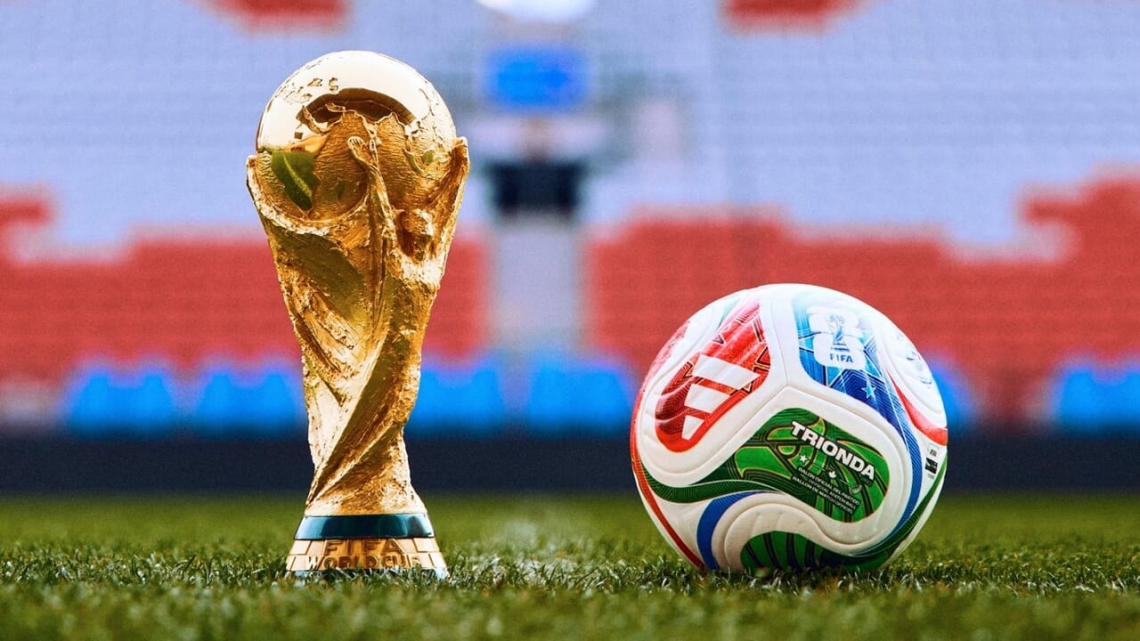
There has been talk about the comparison with Qatar 2022. Are the United States copying that model?
“No, the model is very different. In Qatar 2022, the Hayya Card functioned essentially as a “pass” that in many cases replaced the traditional visa for ticket holders. The United States, instead, has chosen another approach: they do not suspend immigration rules, but they put them to the test under stress. The idea is: we maintain all checks, but we push the administration to work faster for a well-defined and highly visible category of travelers — the World Cup fans”.
Let’s talk about Italian fans. What is the scenario for those dreaming of attending the 2026 World Cup?
“For Italian fans who cannot use ESTA — perhaps due to previous visa refusals, overstays, or other reasons — the FIFA PASS means being able to rely on faster appointments at:
- the U.S. Embassy in Rome,
- or the Consulates in Milan and Naples.
Once at the consular counter, however, the situation is unchanged: one must convince the officer that they are temporary visitors, with strong ties to Italy (work, family, studies, property) and a credible, time-limited travel plan.
Those who continue traveling under ESTA will not see major changes in the procedure. However, they may experience — for better or for worse — the overall flow management related to the tournament, for example in terms of border checks or possible questions about the purpose of the trip”.
What does this Trump–FIFA–Rubio initiative tell us from a political and administrative standpoint?
“It tells us something simple but politically delicate: when there is a large global event, Washington is capable of quickly mobilizing personnel and resources to drastically cut waiting times. The next question is unavoidable: if this is possible for soccer, why not apply similar solutions — perhaps on a structural basis — for international students, skilled workers, researchers, and families who have been facing the same lines for years?
From this perspective, the FIFA PASS is an interesting test-bed: it shows how the system can be made more efficient without weakening controls, but also how privileged treatment often depends on the political and economic priorities of the moment”.
What role do international firms like Arce Immigration Law play in this “ecosystem” linking football, business, and global mobility?
“In a context like this, international immigration-focused law firms are not just “bureaucracy translators,” but real strategic partners for those who want to use the World Cup — and more broadly the North American market — as an opportunity to grow in the United States.
The core of Arce Immigration Law’s work, headquartered in Miami, is business immigration. We particularly support:
- Italian and European companies opening a branch, subsidiary, or affiliate in the U.S.,
- entrepreneurs and executives relocating to the U.S. to lead investment, commercial expansion, or corporate restructuring projects,
- corporate groups, clubs, and professional organizations that need to move technical staff, executives, project teams, and key personnel,
- high-level athletes and individual professionals (from sports, entertainment, or specialized sectors) needing immigration solutions aligned with their U.S. careers,
- investors and high-net-worth individuals seeking immigration options aligned with investment and wealth planning strategies in the U.S. market.
Supporting this form of human and corporate mobility — temporary or permanent — is essential for those who truly want to enter the U.S. market, not just “come to watch the matches.” The 2026 World Cup will make the country even more visible and attractive, but successful projects are those backed by a solid legal and immigration structure: appropriate visas, realistic timelines, and the correct choice between temporary solutions and pathways to permanent residence.
In a complex system like that of the United States, continuous legal planning often makes the difference between an expansion plan that materializes and one that collapses due to a visa denial or incompatible processing times. The FIFA PASS is a useful tool for accelerating appointments, but it does not replace the need to plan the company’s and its leaders’ immigration strategy well in advance”.
Mondial 2026, Trump and FIFA launch the fast track for ticket-holding fans
The American attorney Giorgio Polacco (Arce Immigration Law): “Faster appointments for the visa, but no automatic pass-through.” With the launch of the FIFA PASS, the new priority appointment booking system for visas ahead of the 2026 World Cup, the White House and FIFA promise shorter lines at consulates for ticket-holding fans. But what really changes for those who want to go to the United States to watch the matches? We discuss it with Giorgio Polacco, an American attorney at Arce Immigration
Multi-Club Ownership in Football: Rules, Risks and the Future of Investment in the Global Football Industry
On the afternoon of Day 2 on the Global Stage, a panel was held focusing on investment in football through multi-club ownership models. The session, moderated by Lucas Ferrer, Partner at Statim Legal, featured contributions from Jan Kleiner, Director of Football Regulatory, FIFA, Lina Souloukoulu, CEO of Nottingham Forest FC and Marcos Motta, Partner, Bichara e Motta Attorneys at Law). Jan Kleiner opened the discussion by outlining FIFA’s position on the growing phenomenon of multi-club ownership, in which financial groups control
Sports Diplomacy and Soft Power: The FIFA Club World Cup as a Global Platform
Article written by Carlo Rombolà What does diplomacy have to do with sports—football in particular? A lot, especially at the highest levels. It is well known that major sporting events are opportunities for meetings, networking, and business. However, this has always been limited to the individual sphere, related to business and private relationships. But what if this concept were applied to nations instead of just businesspeople? In an increasingly interconnected world, sport has gradually taken on a central role in international diplomatic dynamics. Football,
The Diarra Case and Sports Justice: Football Between Courts and International Regulations
Can a court judgement change the rules of the game?The panel “Players’ rights and club interests: the effects of the Diarra ruling” shed light on one of the most complex cases in modern sports justice, sparking new reflections on the balance between sports law and EU law. Moderated by Sky Sport journalist Marina Presello at SFS24, the panel featured Claudia Romanelli (P&P Sport Management), Roberto Chieppa (President of Section at Consiglio di Stato), and Carlo Rombolà (UEFA Academy Alumni Association). Lassana
EURO2024, here is the rule that prohibits the main sponsor of the national team team
Within the FIFA regulations, also adopted by UEFA, there is a rule regarding technical equipment and what can be displayed on it. Sponsorships in the world of football began in the early 1970s thanks to the partnership between Jägermeister and Eintracht Braunschweig. This innovation forever changed the world of football, creating connections with various sectors that began to approach the football industry. Since then, a domino effect has involved all major European and global football organizations. However, this phenomenon mainly involved clubs and



